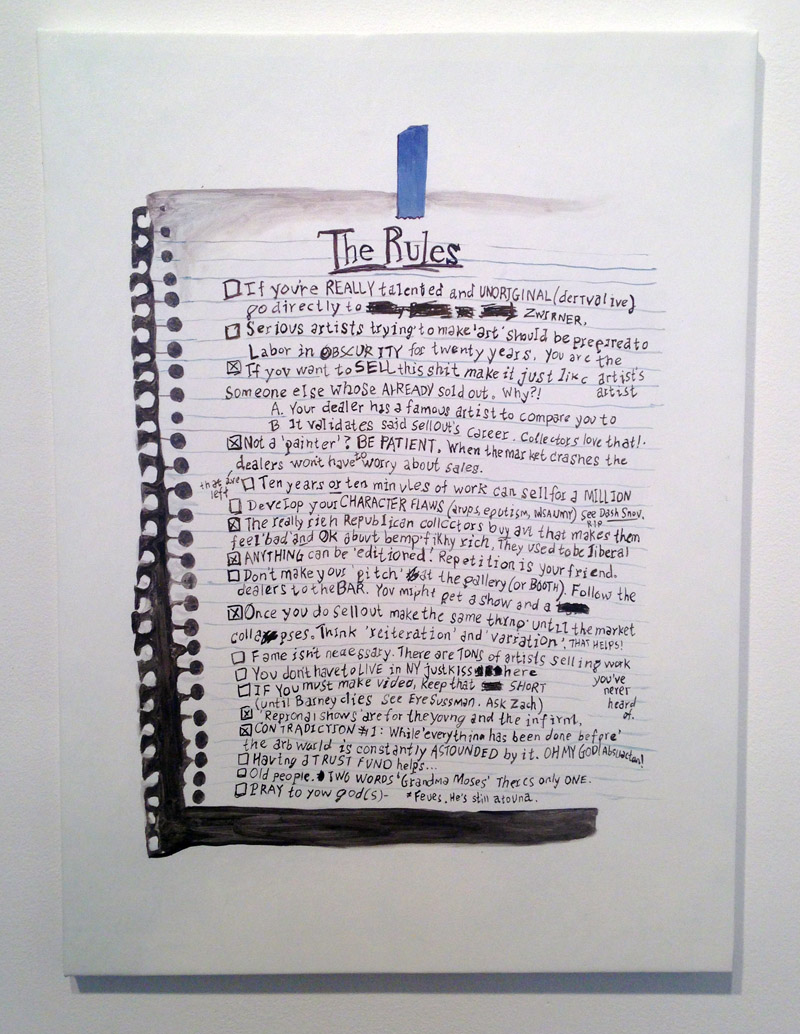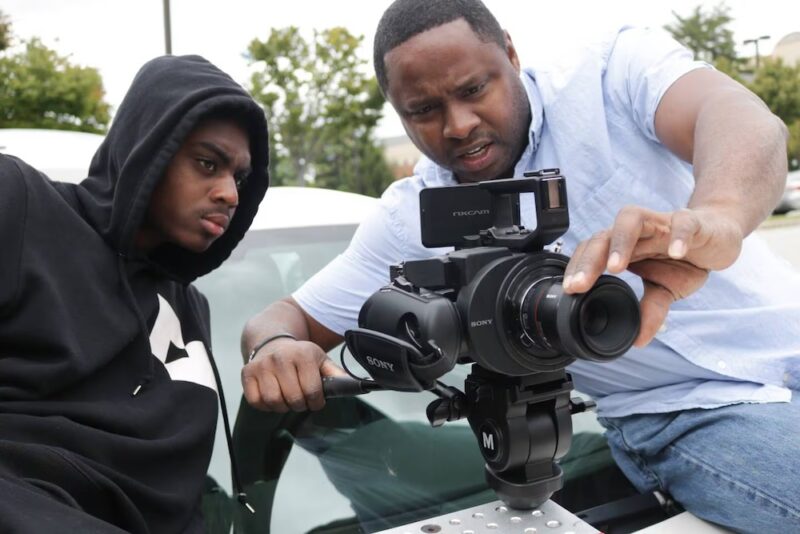How to Make Your Press Requests a Success by Cara Ober
I receive numerous requests and notifications from artists every single day. Most of them are letting me know about recent projects or exhibits, or are asking me to consider writing about their work. Although I would like to be completely inclusive, there is just one of me. Every publication has its limits, and, more often than not, I end up filing most of these emails away for possible coverage at a later date.
What separates the artwork which receives press from that which does not? Sadly, not much. However, looking back over past publications and emails, a specific pattern emerges that discerns the answered press requests from the forgotten ones. If an artist is savvy enough to present their work in a professional, clear, and compelling way, chances are their work will receive attention.
The Purpose of Press
First of all, let’s make sure we understand the purpose of press for the arts. Although each publication has its own unique vision and readership, in general, writing about the arts strives to increase understanding and appreciation for a particular work or artist.
In other words, the artist and the writer both want the same things – to publicize, to educate the public, to create a dialogue, and to preserve a historical record which may be its most valuable contribution. Think of it this way: no matter how good an art exhibit is, if it receives no press, afterwards, it’s almost like it never happened. When an exhibit is forgotten, the artist and the surrounding community both lose, so what arts writers provide is quite indispensable, both to artists and the public.
 William Powhida
William PowhidaThe Golden Rule
When you make a request of anyone besides your parents, it is important to consider your audience carefully and put yourself in the other person’s shoes. Before I became an arts writer, I was an artist. I have to admit, it never occurred to me then that most arts writers started out as artists, just like me.
The other thing artists need to remember is that arts writers typically do not get rich off of their writing. They do this work because they love it and love the arts. There’s nothing wrong with doing an honest days work, but arts writers have finite amounts of time and energy and, often, other jobs. Just make sure, if you are making a demand, that you acknowledge the writer’s labor first.
For this reason, it is crucial that you, the requester, actually READ some of this writer’s work before making an inquiry. Does their writing even appeal to you? If so, why? If you are serious about getting press, you should be able to give a writer at least one specific example of their work that you admire and be able to explain why. If this seems like too much work to you, then you need to reevaluate your goals. Just remember, when seeking press for your work you’re dealing with people just like you, so treat them the way you would like to be treated: with sensitivity and respect. You would be amazed at how few people ever do their homework in this department. Those who do are set apart from the rest immediately.
The Essentials
Nowadays, everything is done online and that’s just fine. You don’t need to ever mail a hard packet of anything – cd’s, books, images – to an art press person. Really. All this stuff just adds to the clutter in my life and then I have to feel guilty when I throw it out. It’s actually much easier to click on a link or download. Once you have decided to email a particular press person for a specific reason, there are a few essential items that will gain their attention.
First, it is wise to assume your reader reads their email on a smart phone. Put your name, the title of your show, location, and dates in the subject heading. Even if they’re using a regular old computer, this makes it easy for them to find the most important information.
If you are a visual artist, the most important thing you can do is put an image in the body of your email. Art galleries do this in their invites and newsletters, but few artists ever do. Even if you’re a musician or a writer, include an image of your album or book cover, a head shot, or a photo of yourself performing – not as a download, but in the actual body of the email. We’re all visual learners and this makes you automatically memorable. Remember, it takes several steps to click on a thumbnail, download, and save an image. Sometimes your reader won’t have time to do this. Do yourself a favor and always include an image within your email. I can’t stress enough how important this is.
Within the body of your email, less text is better than more. Make sure your name, the title of your work or exhibit, the dates of your project or release, and the place organizing and sponsoring your work are easy to locate and read. Make these items larger than the rest if possible. Highlight links to your website, your sponsor’s site, and any other website that showcases your work. Live links within the body of the email are a necessity. A rambling press release with multiple quotes and text might look important from a distance, but if I have to search to find the most vital information, I’m probably not going to bother. Plus, I can always ask you for more information if I am interested.

Following Up
Whether you receive a response from a press person or not correlates with how busy they are, not how much they like your work. Do yourself a favor and don’t take it personally if you do not get a reply. Instead, add that person to your mailing list and continue to update them on your exhibits and projects. Repeated, professional (note: not stalker-like aggro) notifications from an artist attest to your own credibility and, the more times a writer sees your work or name, the more likely your work is to be covered.
If your work is reviewed in a positive way, consider it an opportunity to start a professional relationship for the longterm duration of your art career. If a writer has spent several hours thinking about your work in an intelligent or thoughtful way, it is a good idea to tell them so. Everyone likes a pat on the back for work well done and there’s no one who doesn’t like getting a thank you note, even via email. Very few people whose work is written about ever send a follow up email with comments, thanks, or questions, so if you do this, you are guaranteed to be remembered in a positive way.
The Big Picture
We are all in this art community together and if you aim to accomplish your goals, you are going to need help from those around you. If you are an artist looking for press, consider this column an opportunity to reevaluate your strategies for the better. And yes, my email is listed on the site: [email protected]. Thanks for reading!
*********
Author Cara Ober is Founding Editor at BmoreArt
Top Image “The Rules” by William Powhida




